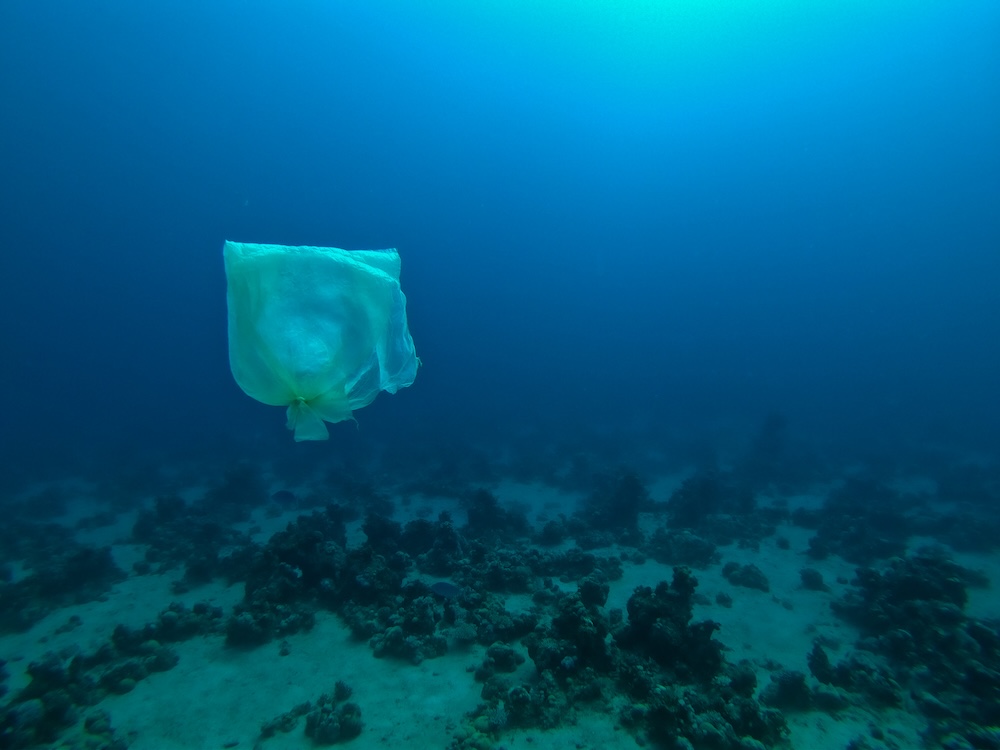What Is Water Pollution?
Water pollution occurs when harmful substances enter water bodies—such as rivers, lakes, oceans, and groundwater—making the water unsafe for humans, wildlife, and the environment. These pollutants can be chemical, biological, or physical in nature and are often the result of human activity.
Contaminated water not only disrupts ecosystems but also endangers drinking water supplies, agricultural systems, and aquatic life. It’s one of the most widespread and dangerous environmental issues today.
Types of Water Pollution
Water pollution manifests in several forms, each with distinct causes and effects.
Surface Water Pollution
This refers to contamination of water found above ground, such as in lakes, rivers, and oceans. Common pollutants include:
- Industrial waste
- Agricultural runoff
- Sewage discharge
- Oil spills
Groundwater Pollution
Pollutants can seep through the soil and contaminate underground aquifers. This form of pollution is often harder to detect and more difficult to clean up.
- Pesticides and fertilizers
- Leaking landfills or septic systems
- Hazardous waste from factories
Chemical Pollution
Includes both organic and inorganic chemicals introduced into water:
- Heavy metals like lead, mercury, and arsenic
- Nitrates from fertilizers
- Pharmaceuticals and personal care products
Biological Pollution
Involves the presence of pathogens such as bacteria, viruses, and parasites. Often caused by raw sewage or animal waste, it can lead to serious health issues.
Thermal Pollution
This occurs when industries discharge heated water into natural water bodies, raising temperatures and disrupting aquatic ecosystems.
Plastic and Solid Waste Pollution
From microplastics to large debris, plastic pollution is choking oceans and waterways. It affects marine life, clogs drainage systems, and enters the food chain.
Major Causes of Water Pollution
Industrial Discharge
Factories often release untreated or under-treated waste directly into rivers and lakes. This includes heavy metals, chemicals, dyes, and toxins.
Agricultural Runoff
Pesticides, herbicides, and fertilizers are washed from farms into nearby water bodies. These nutrients can cause algal blooms, which reduce oxygen levels and kill aquatic life.
Sewage and Wastewater
Even treated wastewater can contain pollutants like nitrogen, phosphorus, pharmaceuticals, and pathogens.
Oil Spills
Large-scale spills or small leaks from ships and drilling platforms can coat marine life and shorelines in toxic sludge.
Landfills and Dumping
Improperly managed landfills or illegal dumping can leach chemicals into groundwater or nearby streams.
Marine Dumping
Some countries still allow the dumping of waste—including plastic, chemicals, and sewage—into oceans.
Effects of Water Pollution
On Human Health
- Waterborne diseases like cholera, dysentery, and hepatitis A
- Long-term exposure to toxic metals can lead to cancer and developmental issues
- Nitrate-contaminated water can be deadly for infants (blue baby syndrome)
On Wildlife
- Fish and marine mammals suffer from ingesting or being entangled in plastics
- Pollutants disrupt reproduction and migration patterns
- Loss of biodiversity due to habitat degradation
On the Environment
- Algal blooms caused by nutrient pollution can create “dead zones” with no oxygen
- Coral reefs suffer from temperature changes and chemical exposure
- Polluted water harms agriculture, food chains, and entire ecosystems
The Global Water Crisis
According to the UN, over 2 billion people lack access to safe drinking water. Contaminated water is responsible for more deaths annually than all forms of violence, including war.
- 1 in 3 people globally don’t have access to safe drinking water
- Every 2 minutes, a child dies from a water-related disease
- Pollution is accelerating the scarcity of clean water
Preventing and Reducing Water Pollution
Individual Actions:
- Avoid using harmful lawn chemicals and pesticides
- Don’t dump oils, medicines, or paints down the drain
- Choose biodegradable and eco-friendly household products
- Pick up pet waste and properly dispose of trash
- Limit use of single-use plastics
Community and Policy Solutions:
- Upgrade aging water treatment systems
- Enforce strict regulations on industrial discharge
- Promote regenerative agriculture practices
- Expand access to sanitation and wastewater treatment
- Implement water quality monitoring and testing
Technologies and Innovations
New tools are emerging to combat water pollution:
- Biofiltration systems using plants or microorganisms
- Floating trash traps for rivers and harbors
- Desalination to convert seawater into drinkable water
- Smart sensors to monitor water quality in real time
- Constructed wetlands to naturally treat wastewater
Common Questions About Water Pollution
What is the most common water pollutant?
Nutrients from fertilizers—particularly nitrogen and phosphorus—are among the most widespread pollutants.
Is bottled water safer than tap water?
Not always. Tap water in developed countries is strictly regulated. Bottled water also contributes to plastic pollution.
Can polluted water be cleaned?
Yes, through filtration, chemical treatment, and reverse osmosis—but not all forms of pollution are easily reversible.
What are signs of water pollution?
Cloudiness, foul odor, dead fish, algae overgrowth, or visible oil or debris are common signs.
Is boiling water enough to make it safe?
Boiling can kill bacteria and viruses but won’t remove chemical pollutants or heavy metals.
Final Thoughts
Water is one of our most precious resources—and it’s under threat. Water pollution not only endangers health and biodiversity but also deepens inequality, especially in marginalized communities. The good news? Solutions exist. By understanding the causes and effects of water pollution, we’re better equipped to make informed choices and support lasting change. Clean water is not a luxury—it’s a human right.









Reader Interactions